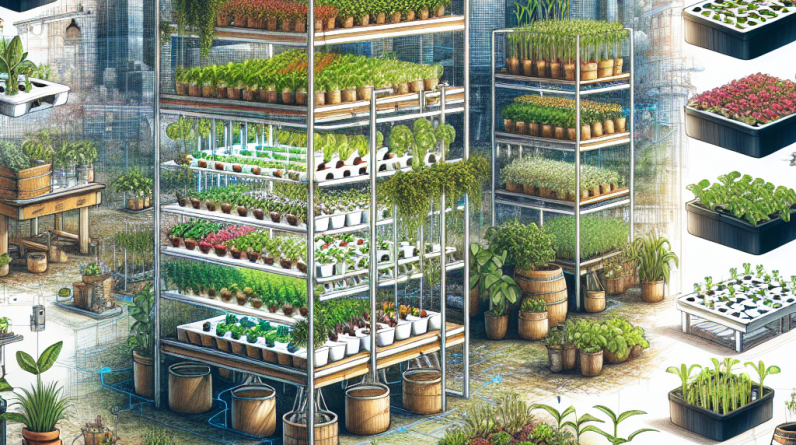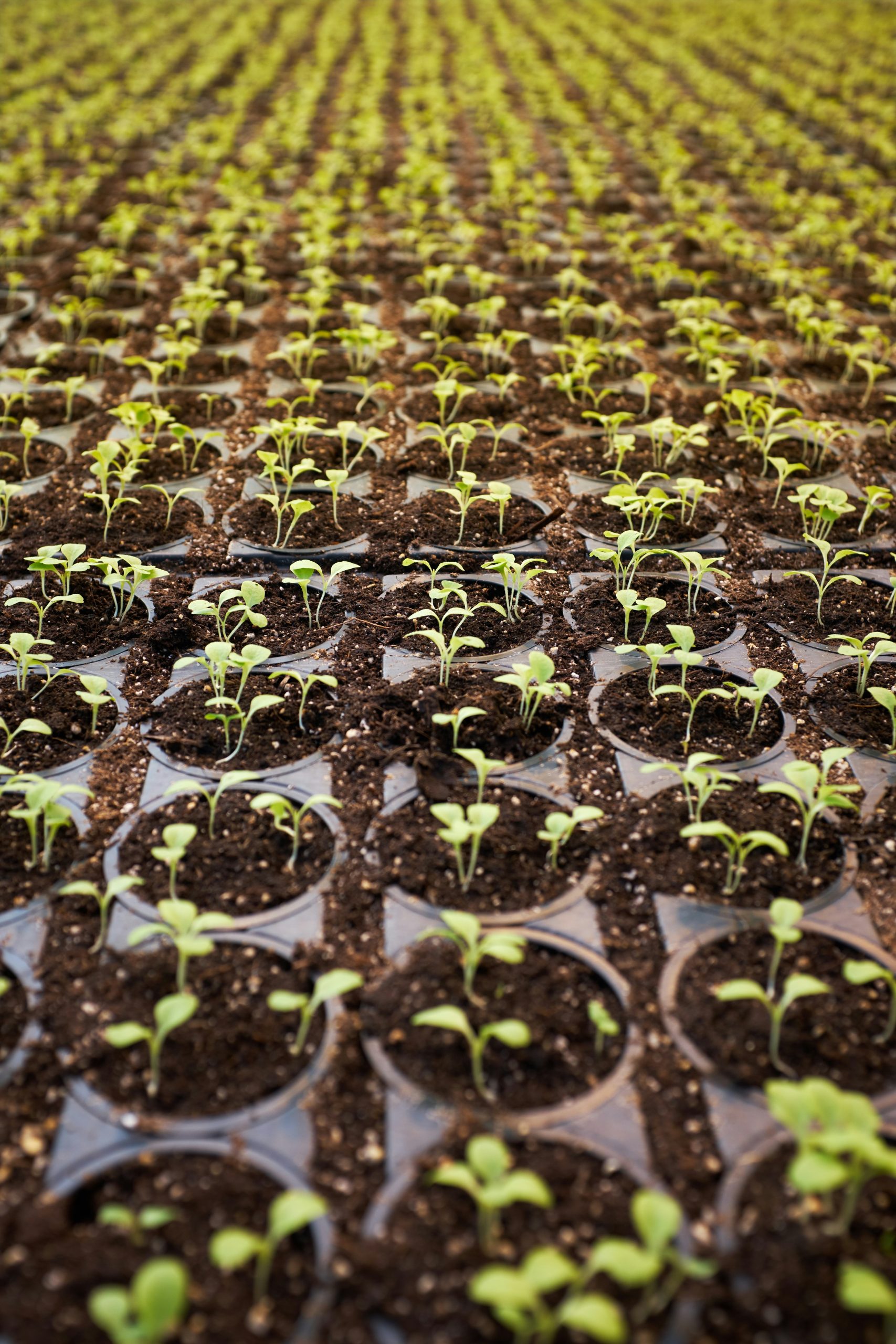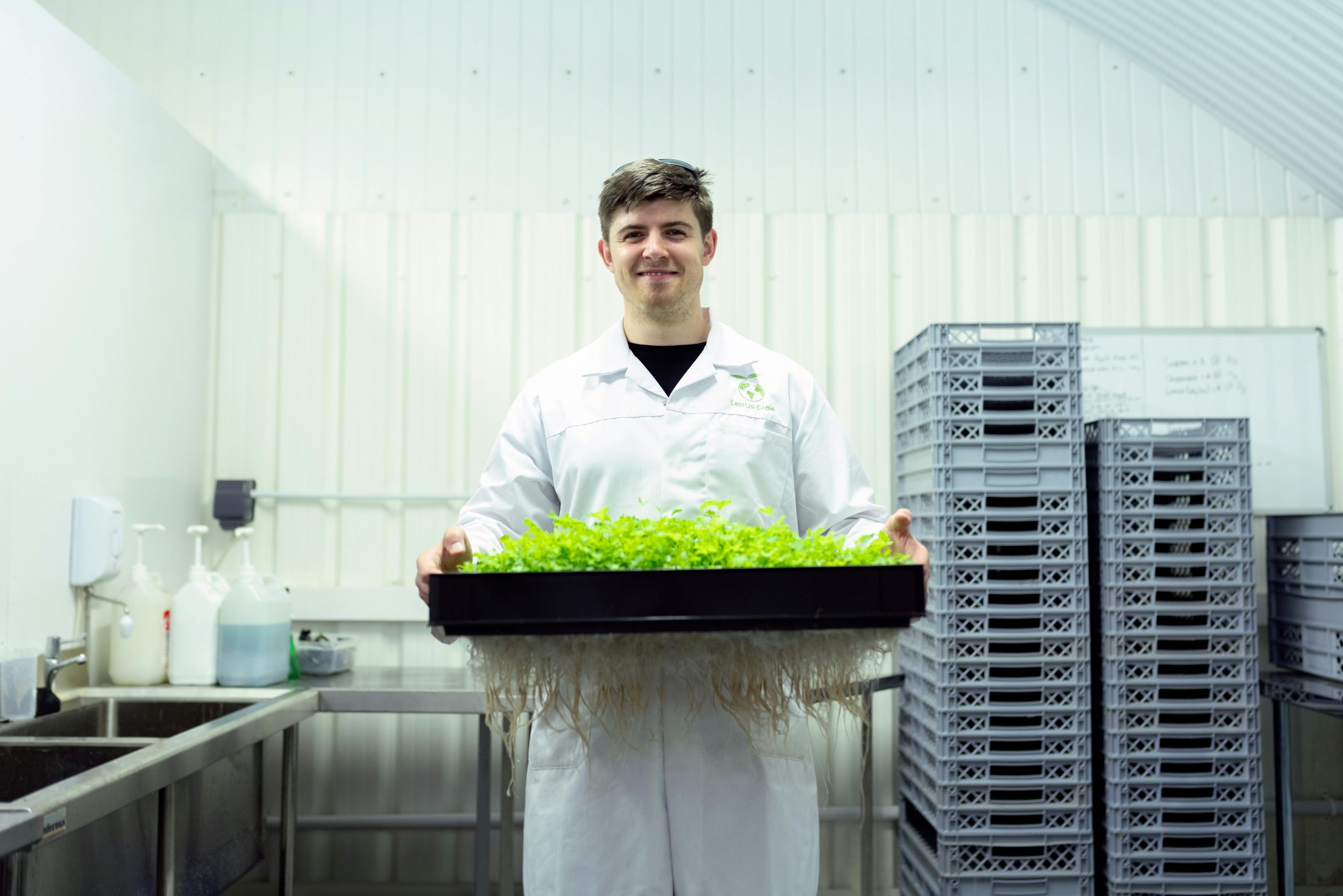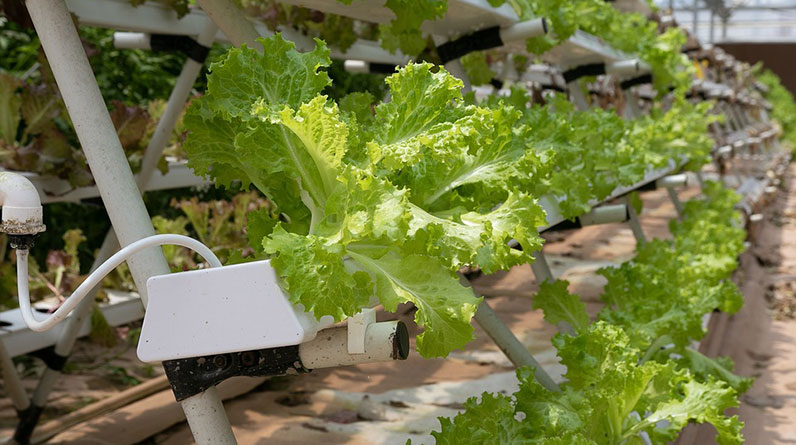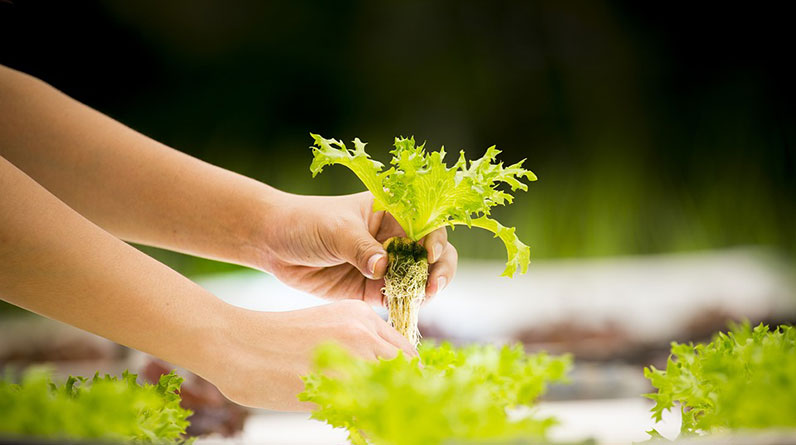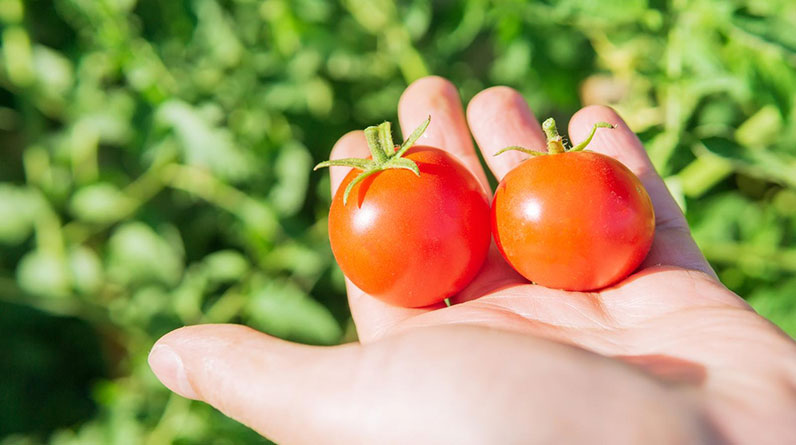
Table of Contents
- 1. Understanding Hydroponic Farming at Home
- 2. Choosing the Right Hydroponic System
- 3. Selecting Suitable Crops for Your Home Setup
Welcome to the ultimate guide for hydroponic farming at home in 2025. Whether you’re a seasoned gardener or a curious beginner, hydroponics offers an exciting and efficient way to grow fresh produce indoors. This guide provides 10 practical tips and insights to help you succeed and grow like a pro, no matter your space or experience level. Let’s dive into the world of soilless gardening and discover how you can transform your home into a thriving hydroponic farm!
1. Understanding Hydroponic Farming at Home
The Basics of Hydroponic Cultivation
Hydroponic farming at home involves growing plants without soil, using nutrient-rich water solutions. This method allows for faster growth, higher yields, and less space compared to traditional gardening. In 2025, more home gardeners are embracing hydroponics due to its efficiency and sustainability.
Unlike soil-based gardening, hydroponic systems deliver nutrients directly to the roots, providing precise control over plant health. This reduces issues like pests and soil-borne diseases, making it a cleaner and more manageable approach for indoor settings.
Most importantly, hydroponic farming at home can be scaled to any space â from small countertop setups to large basement systems. Given the current trends in urban agriculture, hydroponics is becoming a popular choice for city dwellers seeking fresh produce year-round.
Advantages of Hydroponic Gardening
One of the biggest advantages of hydroponic farming at home is accelerated plant growthâstudies show plants can grow up to 25-50% faster in hydroponic systems. Additionally, water usage is drastically reduced, often by up to 90%, making it an eco-friendly option.
Besides efficiency, hydroponics enables growers to minimize pesticide use and maximize yield in limited space. For example, enthusiasts in small apartments are successfully growing lettuce, herbs, and even strawberries indoors using hydroponic methods.
In 2025, technological advancements like automation and smart monitoring are making hydroponic farming at home more accessible and less labor-intensive, empowering everyone to succeed.
2. Choosing the Right Hydroponic System
Types of Hydroponic Systems for Beginners
There are several types of hydroponic systems suitable for home use: Nutrient Film Technique (NFT), Deep Water Culture (DWC), and Drip Systems. Each has its pros and cons, depending on your space and budget.
For beginners, the DWC system is popular due to its simplicity and high success rate. It involves suspending plant roots in oxygenated nutrient-rich water, making it easy to set up and maintain. NFT systems are excellent for leafy greens but require more precise flow management.
In 2025, innovative hybrid systems combine elements of different setups, improving efficiency and scalability for home growers. Consider your available space and the types of crops you wish to grow when selecting your system.
Smart Hydroponic Equipment and Automation
Modern hydroponic systems often incorporate automation features such as pH sensors, nutrient dosing, and climate controls. These tools make it easier to maintain optimal growing conditions at home without daily manual adjustments.
Smart controllers with mobile apps allow you to monitor parameters remotely, receiving notifications if adjustments are needed. This is particularly advantageous for busy individuals or those new to hydroponics.
Implementing automation not only simplifies the process but also improves crop yields and reduces waste, making hydroponic farming at home more efficient and enjoyable in 2025.
3. Selecting Suitable Crops for Your Home Setup
Best Vegetables and Herbs to Grow Indoors
Certain crops thrive better in hydroponic systems at home, especially in indoor environments. Leafy greens like lettuce, spinach, and kale grow quickly and are ideal for beginners. Fresh herbs such as basil, mint, and cilantro also do well and add flavor to your meals.
In 2025, innovative crop varieties are being developed specifically for hydroponic cultivation, with improved flavor and disease resistance. Crops like cherry tomatoes, peppers, and strawberries are increasingly popular among home gardeners.
Choosing crops based on your space, lighting, and nutritional preferences is key. For example, if you have limited natural light, focus on leafy greens and herbs, which grow well under artificial light.
Nutritional Benefits of Home-Grown Hydroponic Produce
Hydroponic farming at home allows you to harvest ultra-fresh vegetables and herbs rich in nutrients, often surpassing store-bought options in vitamins and flavor. This is especially true for microgreens and baby greens, which are packed with antioxidants.
Growing your own produce reduces exposure to pesticides and ensures optimal freshness. Scientific studies in 2025 indicate that hydroponically grown greens retain higher levels of nutrients due to faster harvest cycles.
By selecting the right crops and maintaining proper conditions, you can enjoy healthier, more flavorful meals with your home hydroponic garden.
FAQs
Q1: What is hydroponic farming at home?
Hydroponic farming at home involves growing plants without soil by using nutrient-rich water solutions in a controlled environment. It allows for faster growth, higher yields, and cleaner gardening compared to traditional soil gardening.
Q2: How do I start hydroponic farming at home as a beginner?
Start with simple systems like Deep Water Culture or Kratky setups, choose easy-to-grow crops like herbs and lettuce, and ensure proper lighting and nutrient management. Using beginner-friendly kits can simplify your initial experience.
Q3: What crops are best for hydroponic farming at home in 2025?
Popular crops include leafy greens, herbs like basil and mint, strawberries, and cherry tomatoes. These plants grow efficiently and are suitable for indoor conditions, making them ideal choices for home hydroponic systems.
Q4: Can hydroponic farming at home be automated?
Absolutely! Many modern hydroponic systems now include sensors and automation for pH balancing, nutrient dosing, and lighting control. This reduces manual effort and optimizes plant growth, especially in 2025’s tech-enabled environment.
Conclusion
Embracing hydroponic farming at home in 2025 opens up a world of fresh, healthy produce right at your fingertips. Whether you’re new to gardening or looking to upgrade your setup, the tips and insights shared here will help you grow like a pro. With the right system, crop choices, and modern automation, you’ll enjoy bountiful harvests year-round. Start your hydroponic journey today and transform your space into a lush, productive garden â all from the comfort of home!


